I'd recommend using UIStackView. Have a look at the following Ray Wenderlich tutorial:
https://www.raywenderlich.com/114552/uistackview-tutorial-introducing-stack-views
However, before moving on to more complex views such as the aforementioned stack view; you should learn to use auto layout to avoid making any silly mistakes.
Here is another great tutorial from the same site:
https://www.raywenderlich.com/115440/auto-layout-tutorial-in-ios-9-part-1-getting-started-2
EDIT:
Improved answer:
UIStackView allows you to arrange elements with ease, in a row or in a column. This saves you a lot of time and makes your storyboard look a little bit cleaner as less constraints are needed.
The description of UIStackView on developer.apple.com:
The UIStackView class provides a streamlined interface for laying out a collection of views in either a column or a row. Stack views let you leverage the power of Auto Layout, creating user interfaces that can dynamically adapt to the device’s orientation, screen size, and any changes in the available space. The stack view manages the layout of all the views in its arrangedSubviews property. These views are arranged along the stack view’s axis, based on their order in the arrangedSubviews array. The exact layout varies depending on the stack view’s axis, distribution, alignment, spacing, and other properties.
UIStackViews functionality doesn't stop at the simplified view alignement. Indeed, you can also alter the properties that define the stack view.
The axis property determines the stack’s orientation, either
vertically or horizontally.
The distribution property determines the layout of the arranged views
along the stack’s axis.
The alignment property determines the layout of the arranged views
perpendicular to the stack’s axis.
The spacing property determines the minimum spacing between arranged
views.
The baselineRelativeArrangement property determines whether the
vertical spacing between views is measured from the baselines.
The layoutMarginsRelativeArrangement property determines whether the
stack view lays out its arranged views relative to its layout margins.
Despite the advantages mentioned above, UIStackView has limits.
The UIStackView is a nonrendering subclass of UIView; that is, it does
not provide any user interface of its own. Instead, it just manages
the position and size of its arranged views. As a result, some
properties (like backgroundColor) have no effect on the stack view.
Similarly, you cannot override layerClass, drawRect:, or
drawLayer:inContext:.
Note that UIStackView can't scroll. If you ever need it to scroll, embed a stack view within a UIScrollView.
Hope this helps!

